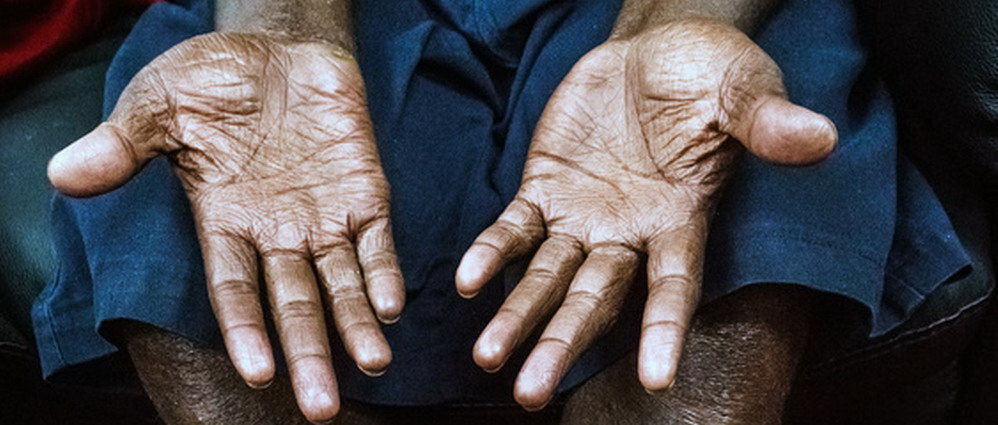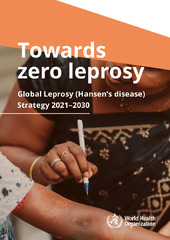Introduction

Leprosy, also known as Hansen’s disease, is a chronic slightly contagious disease. Leprosy is likely transmitted via droplets, from the nose and mouth, during close and frequent contact with untreated cases. It is caused by bacillus bacteria called Mycobacterium Leprae. It mainly affects the skin and peripheral nerves, mucosa of the upper respiratory tract and the eyes. Untreated, leprosy can cause progressive and permanent damage to the skin, nerves, limbs and eyes. Involvement of certain peripheral nerves may result in characteristic patterns of disabilities leading to ulceration of skin and deformity of some joints.
Leprosy is curable and treatment in the early stages can prevent disability. Deep-rooted stigmatization has prevented many patients from seeking treatment early, leading to visible deformities and disabilities.
In 2018, a total of 14 countries from the Eastern Mediterranean Region reported new indigenous leprosy cases to WHO with a total of 4356 new cases of leprosy detected, and the registered prevalence was 5.096 cases.
Multidrug therapy (MDT) treatment has been made available through WHO free of charge to all patients worldwide since 1995. MDT provides a highly effective cure for all types of leprosy. Elimination of leprosy as public health problem (defined as a registered prevalence of less than 1 case per 10 000 persons) was achieved globally in 2000. More than 16 million leprosy patients have been treated with MDT over the past 20 years.
In the neglected tropical diseases draft roadmap "Ending the neglect to attain the Sustainable Development Goals: a road map for neglected tropical diseases 2021–2030", leprosy is targeted for elimination (interruption of transmission) which is defined as zero indigenous new cases.
Related link
 Towards zero leprosy. Global leprosy strategy 2021–2030 | Arabic
Towards zero leprosy. Global leprosy strategy 2021–2030 | Arabic


